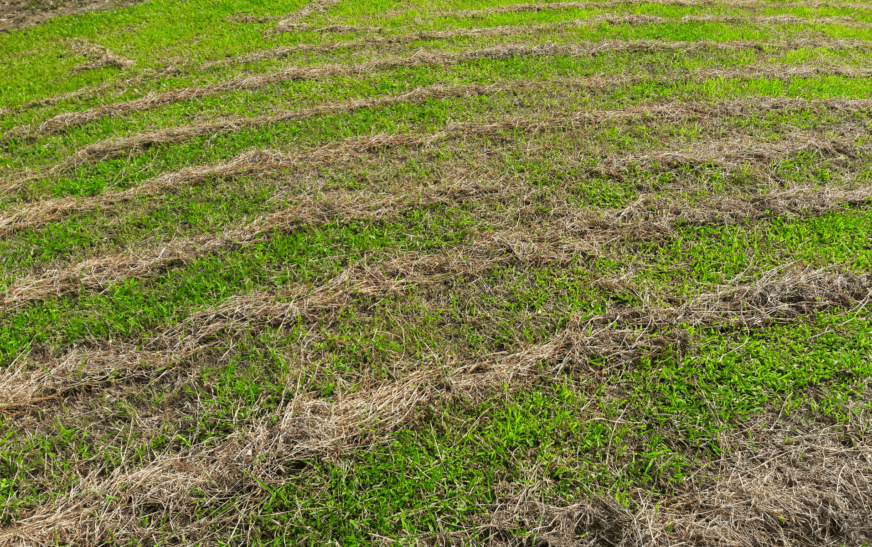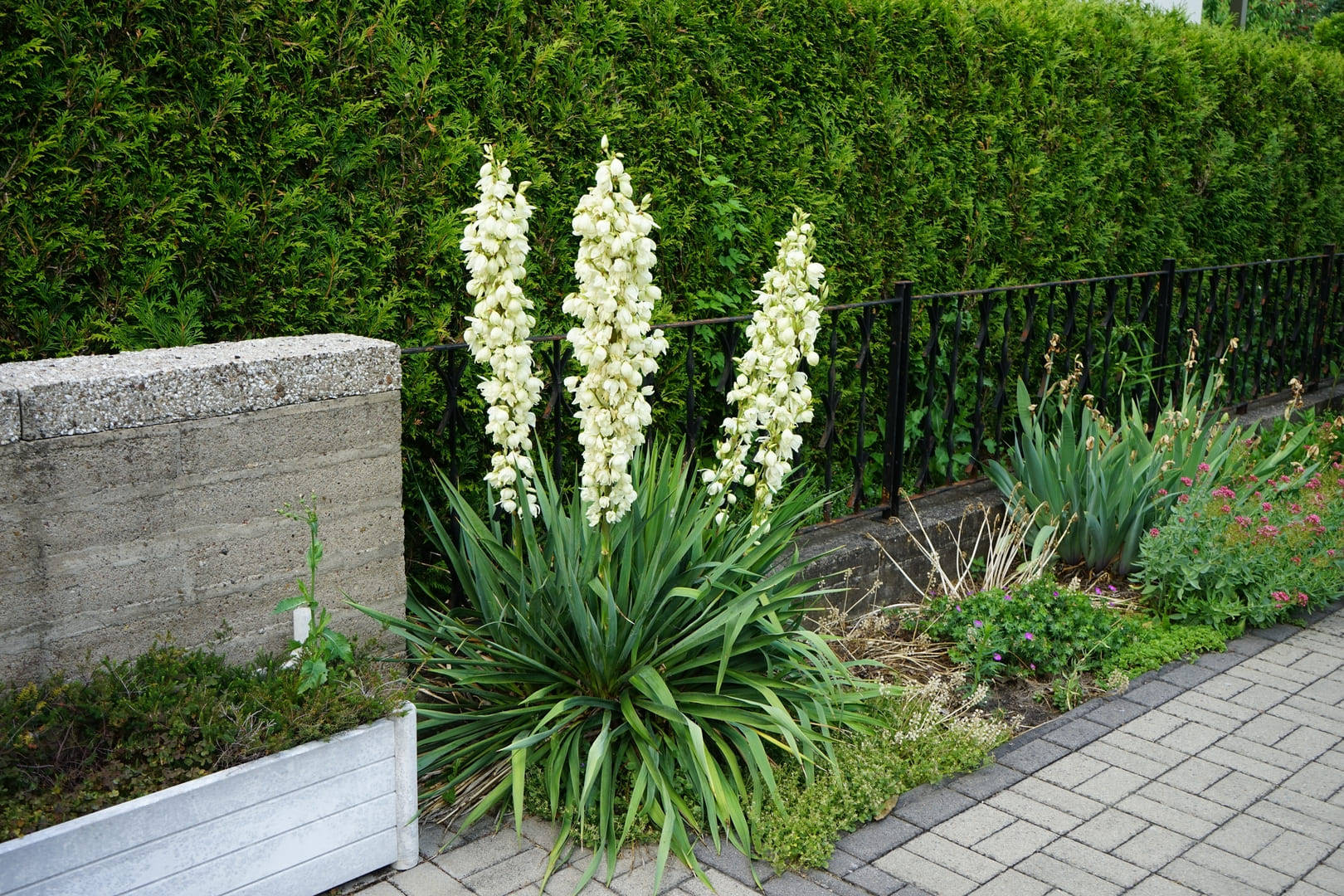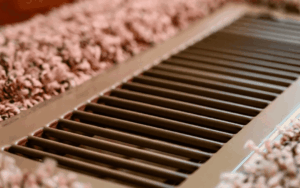A healthy, green lawn doesn’t just happen on its own—it takes regular care, attention, and, most importantly, awareness. One of the most common reasons a well-maintained lawn can suddenly lose its lush appeal is due to lawn diseases. For homeowners, property managers, and even commercial landscaping teams, knowing about common lawn diseases can make all the difference in keeping turf looking its best all year round.
In Australia, our climate and soil conditions create an environment where certain diseases thrive more than others. Whether you’re caring for your lawn or looking after public green spaces, understanding these threats is key to long-term lawn health.
Why You Should Care About Lawn Diseases
At first glance, a discoloured patch of grass might seem harmless—maybe just a sign of drought or lack of nutrients. But more often than not, it’s the beginning of a lawn disease that can spread fast and cause major damage if not handled properly.
Lawn diseases don’t just ruin appearances. They can:
- Weaken the roots of the grass
- Make lawns more vulnerable to pests and weeds
- Spread to other areas if left untreated
- Cost more to fix later on
Knowing what to look for, how to prevent it, and what to do when it strikes can save you time, money, and stress down the line.
Common Lawn Diseases in Australia

Different regions of Australia face different challenges when it comes to turf maintenance, but there are several lawn diseases that pop up time and again. Here are the main culprits to keep an eye on.
1. Brown Patch
Brown Patch is one of the most common lawn diseases in Australia, particularly in warm and humid conditions. It’s caused by a fungus that attacks the grass at the base and quickly spreads in circular patches that turn brown and dead-looking.
You’ll often see a grey or brown ring around the edges of each patch—kind of like a “halo” effect. The biggest mistake people make is assuming it’s due to water stress, and they end up overwatering, which only makes the fungus grow faster.
2. Dollar Spot
This disease gets its name because it creates small, silver-dollar-sized patches across the lawn. It’s especially common in cool-season grasses like ryegrass and fescue, but can show up in other lawns too—especially if nitrogen levels are low or mowing is too short.
Dollar Spot thrives in humid conditions and poorly fertilised lawns. If not treated early, those tiny patches can merge together and destroy large sections of turf.
3. Pythium Root Rot
This one is nasty. Pythium Root Rot targets the roots of the grass and loves wet conditions. It’s especially common in shaded areas where water takes longer to evaporate.
Signs include greasy or water-soaked-looking grass that collapses easily when walked on. In worst-case scenarios, it can wipe out entire lawns if drainage and watering habits aren’t corrected.
4. Rust Disease
Rust disease shows up as yellow-orange flecks or powder on the grass blades. If you rub your hand across the lawn and it comes away with a rusty colour, you’re dealing with rust.
While it’s not usually fatal, it weakens the grass and makes it more vulnerable to other problems. Lawns that aren’t mowed often enough or suffer from poor airflow are most at risk.
5. Fusarium Patch (also known as Snow Mould)
This disease often appears during the cooler months, especially in areas with poor drainage. It starts as small, water-soaked spots that later turn white and fluffy, like mould.
Even though it’s called snow mould, it doesn’t need snow to appear—it just thrives in damp, cool conditions. Proper lawn aeration and avoiding overwatering are your best bet for prevention.
When to Call in the Pros

If you’ve done all the right things and your lawn still looks sickly, it might be time to call in a professional lawn care service. Lawn specialists can help with accurate diagnosis, tailored treatment plans, and long-term turf care.
Some services, like those offered by Wirri, are designed specifically for Australian conditions and can provide everything from disease treatment to choosing the right turf type for your property. Whether you’re maintaining a home lawn or large commercial turf, getting expert advice can save a lot of hassle.
The Bottom Line
Lawn diseases are a real threat in Australia, but they’re not unbeatable. With the right knowledge, habits, and a bit of vigilance, you can keep your lawn healthy, green, and disease-free. The most important takeaway? Don’t wait for a brown patch to spread before taking action. Being proactive makes all the difference.
If you’re serious about your lawn, it pays to stay informed and stay prepared. After all, a great lawn isn’t just about looks—it’s a reflection of smart, sustainable care.













